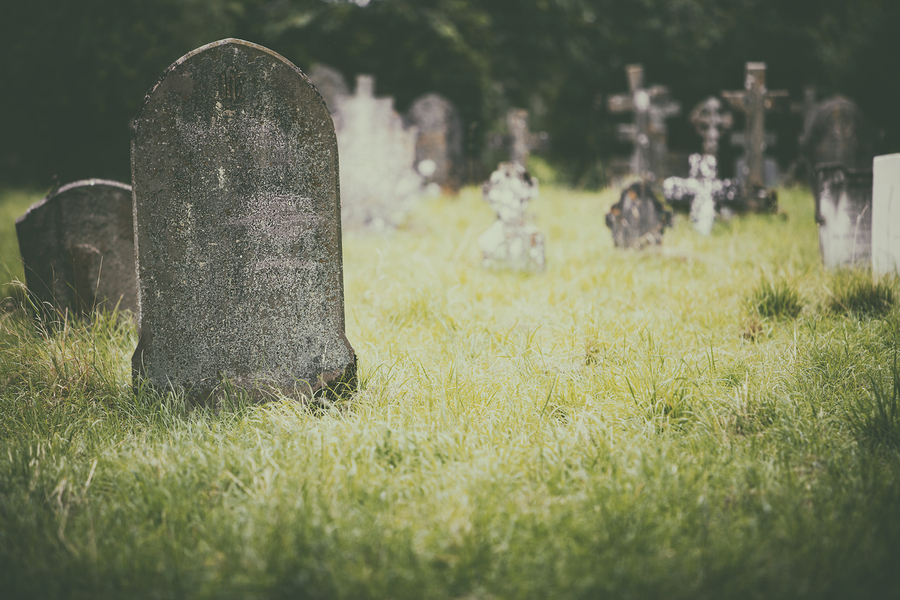Last year Americans found out that we weren’t living as long as our counterparts in other nations and the news this year isn’t much better: we are still dying younger and our life expectancy is now down for the second straight year. This sobering news has not been seen in more than half a century.1
RELATED STORY:
Obviously, researchers are disturbed by these numbers.
“A baby born in the United States in 2016 could expect to live 78.6 years, a decrease of more than a month from 2015 and more than two months from 2014. That’s the first two-year decline since 1962 and 1963 when spikes in flu deaths were likely to blame…”2
Before 2015, the last time we saw a one-year decline was in 1993. At that time the decline was partly attributed to the AIDS epidemic, just like part of our current decline can be attributed to the current opioid epidemic (the death rate from overdoses tripled from 6.1 per 100,000 people in 1999 to 19.8 in 2016, with a 21% spike from 2015 to 2016).
Again, these declines are out of sync with the rest of the world where people are living longer, healthier lives.
RELATED STORY:
Peter Muennig, a professor of health policy and management at Columbia University, said,
“The rest of the world is improving. The rest of the world is seeing large declines in mortality and large improvements in life expectancy. That’s true in rich countries and middle-income countries and generally true even in lower-income countries.”3
(According to the WHO, newborns in 29 countries, that include Japan, Australia, and Spain, had life expectancies above 80 years in 2015. And their most recent report sets the average global life expectancy at 71.4 and rising.)
The problem with American health
While overall death rates fell in 2016 (including the big ones like cancer and heart disease) life expectancy fell because death rates went up in people under 65.
“…the report contains reassuring news for older Americans: If you make it to age 65, you can expect to live another 18 years if you are a man and 20.6 years if you are a woman. While most deaths still occur in older people, older people are dying at a slower rate.
But fewer people are making it to 65. And the biggest killers of young people include what statisticians call ‘unintentional injuries’ — a category that covers drug overdoses, traffic crashes and falls. Deaths from those causes rose 9.7% in 2016.”4
But it’s not just the opioid epidemic. Heart disease is also a big problem. As are suicides. And deaths from Alzheimer’s disease. It seems the status quo- pumping our bodies and environments full of chemicals, isn’t working out too well for us.
RELATED STORY:
No one is sure yet if the decline can be called a trend or if its just a blip…only time will tell. However, if we don’t get people’s health in order and if we can’t dig ourselves out of this opioid crisis, it just may continue.












